The world of chile peppers is diverse and fascinating. Like with many food crops, extensive resources have been aimed at developing new, bigger, better pepper cultivars.
However, many of today’s popular chiles remain unchanged over hundred of years. So, today I’d like to answer the question: where do chile peppers come from?
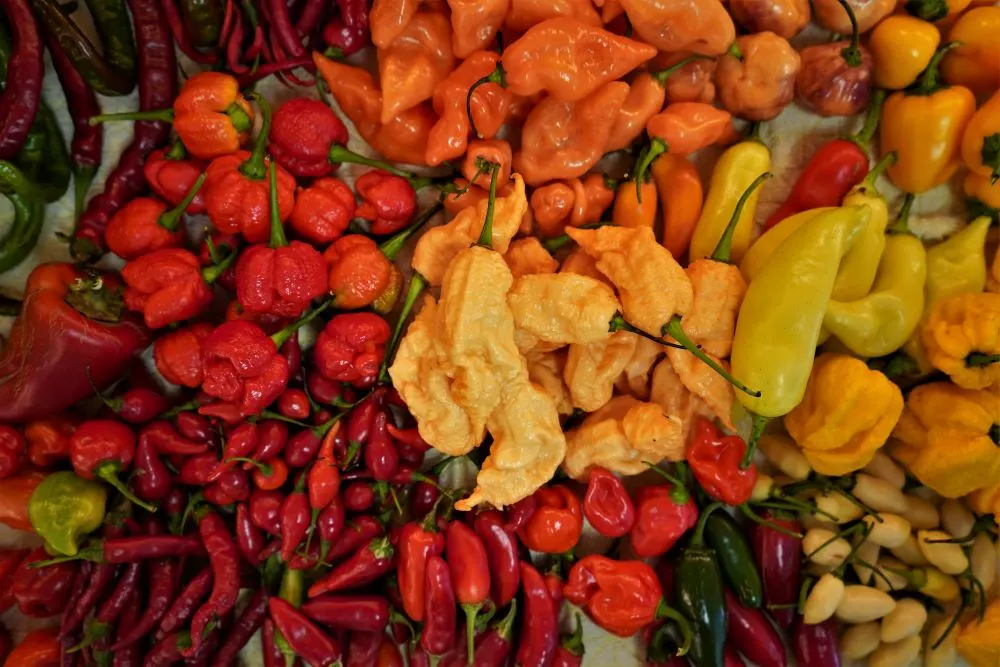
Where Do Chile Peppers Come From?
First, let’s clear up the difference between ‘pepper’ and ‘chile.’ The word ‘pepper’ describes black peppercorns, while ‘chile’ is the original word for the spicy pods grown on Capsicum species plants. Christopher Columbus was responsible for the misnomer, mistakenly calling chiles ‘peppers.’
Where do chiles come from?
Until recently, chile peppers were believed to have origins in South America. However, recent research revealed that early forms were distributed across North America as early as 50 million years ago! When chiles were discovered by European explorers, they rapidly spread across the globe. Botanists originally believed chilies were native to India or Indochina thanks to their seemingly instant cultivation and popularity around the world.
While chilies technically have origins in North and South America, the plants and species have been adapted and cultivated in a wide variety of new locations and climates. As a result, some of the most popular chilies each has their own origin story.
So, let’s talk about the origins of some of the peppers we know and love today. From the jalapeño, to the bell, to the cayenne.
Where Do Bell Peppers Come From?
Bell peppers are named for their appearance, resembling a large hanging bell. They are popular around the world, but are particularly common in the United States.
Most of the popular bell pepper varieties you can grow today were bred in the United States. They are the most common commercially grown pepper variety in America.
Note: Bell peppers were bred over countless generations to become as large as they are. No natural ‘landrace’ pepper varieties are anywhere near as big!
There are many other ‘sweet pepper’ types from around the world, too. The golden marconi is a sweet Italian variety with an elongated bell shape.
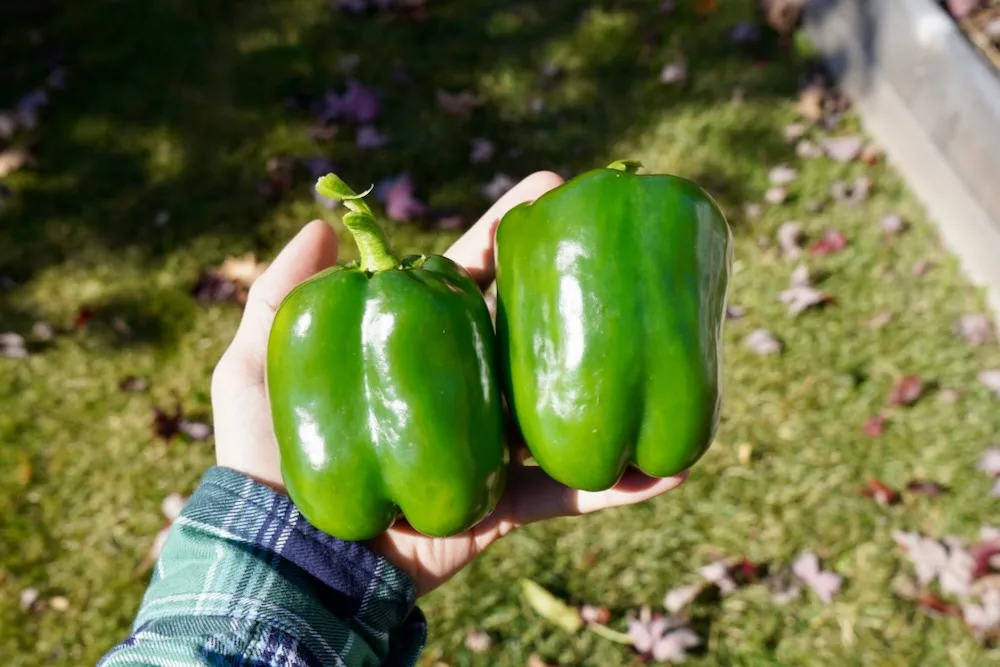
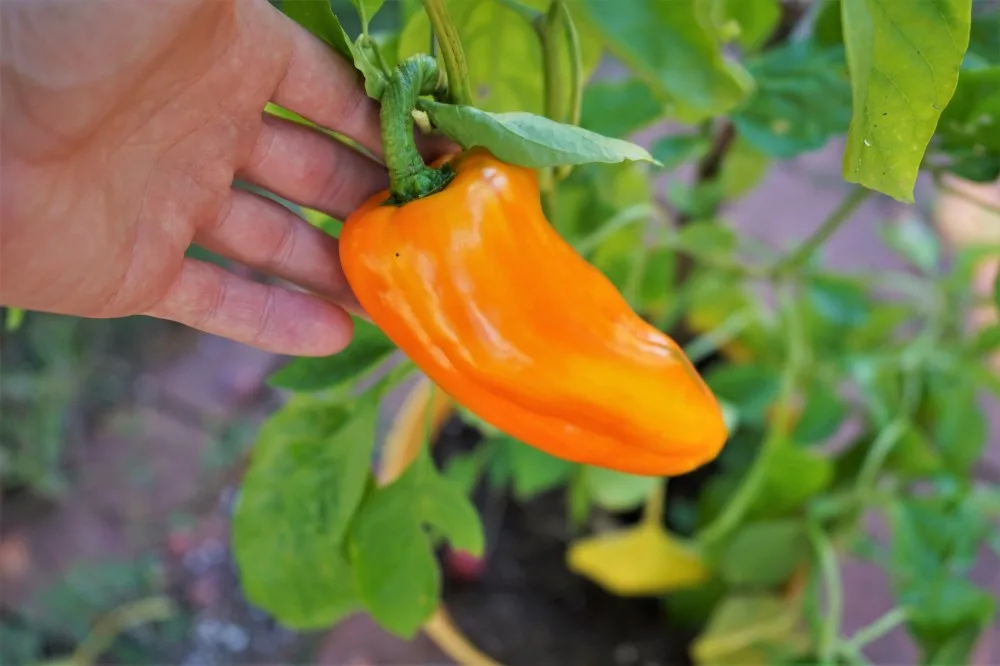
Where Do Jalapeño Peppers Come From?
Jalapeños have origins in Mexico. The name jalapeño means ‘from Xalapa,’ referring to a city in Mexico, East of Mexico City. Jalapeños are no longer grown commercially in Xalapa, but the name keeps its heritage alive.
The jalapeño is another example of a pepper that was cultivated through many generations to become what it is today. The jalapeño was likely grown and selectively bred by farmers for larger pod sizes, thicker walls, and the right amount of heat.
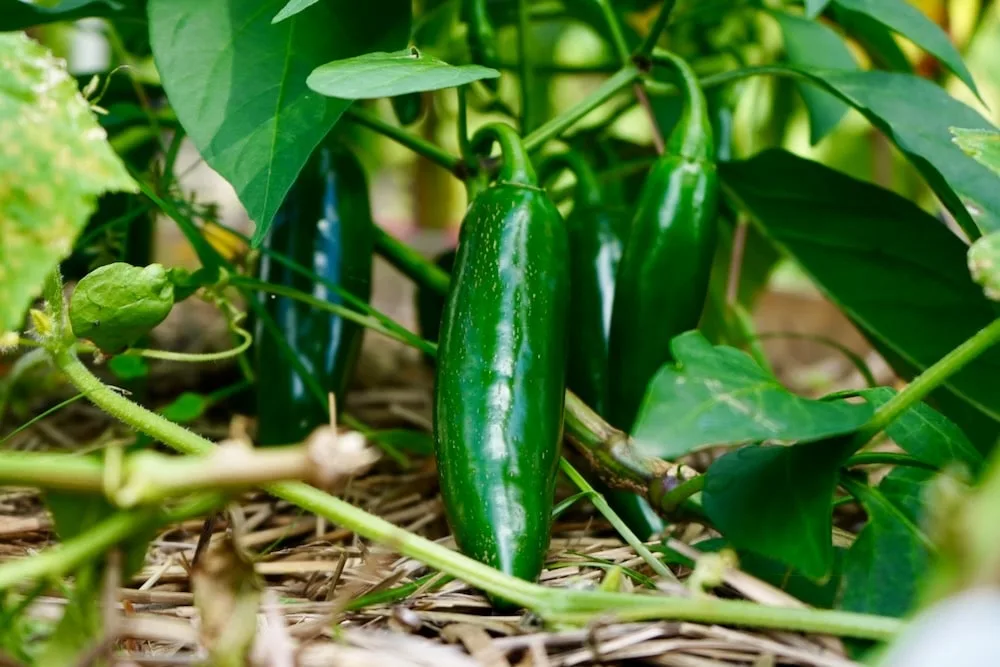
Today, the jalapeño is widely cultivated in Mexico and the USA. It is even the state pepper of Texas. Texas is the leading state for jalapeño production in America, followed by New Mexico.
Where Do Habanero Peppers Come From?
The name “habanero” means “from Havana” and is the common name used in the Yucatán Peninsula. There, the name describes a range of pepper types within the Capsicum chinense species.
The name suggests that the habanero has origins in the Caribbean, as Havana is the capital city of Cuba. There are countless habanero varieties, ranging in size, color, and heat level.
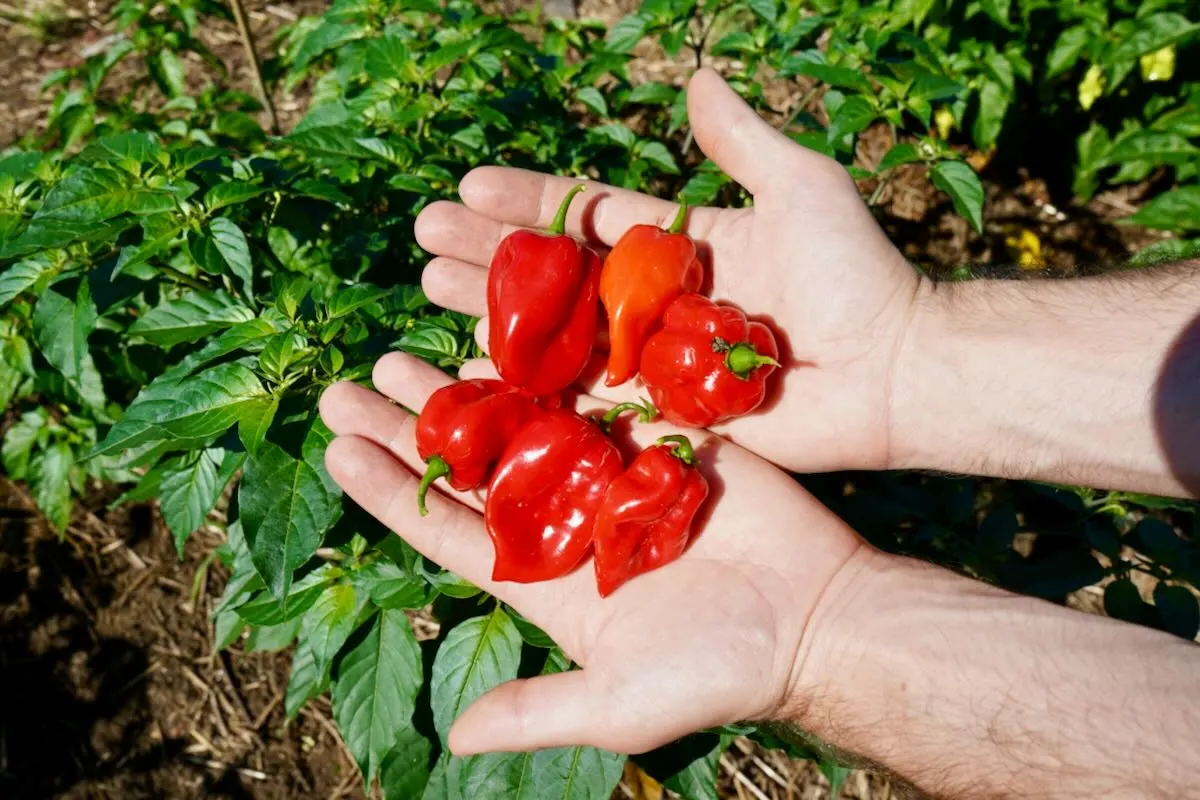
What all habanero varieties have in common is that they are tropical plants, loving high heat and humidity. Many of the hottest peppers are in the same category, all with origins in the West Indies.
Where Do Ghost Peppers Come From?
During the extensive trade and spread of the chile pepper in the 1500s, a Trinidadian superhot variety made its way to Northeast India. There, it was grown in the unique local climate and bred by farmers, eventually becoming the ghost pepper, or bhut jolokia.
Thanks to the popularity of spicy chiles in Indian cuisine, it was believed that all hot peppers were native to some part of the country. However, this has been debunked and their origin is in the West Indies.
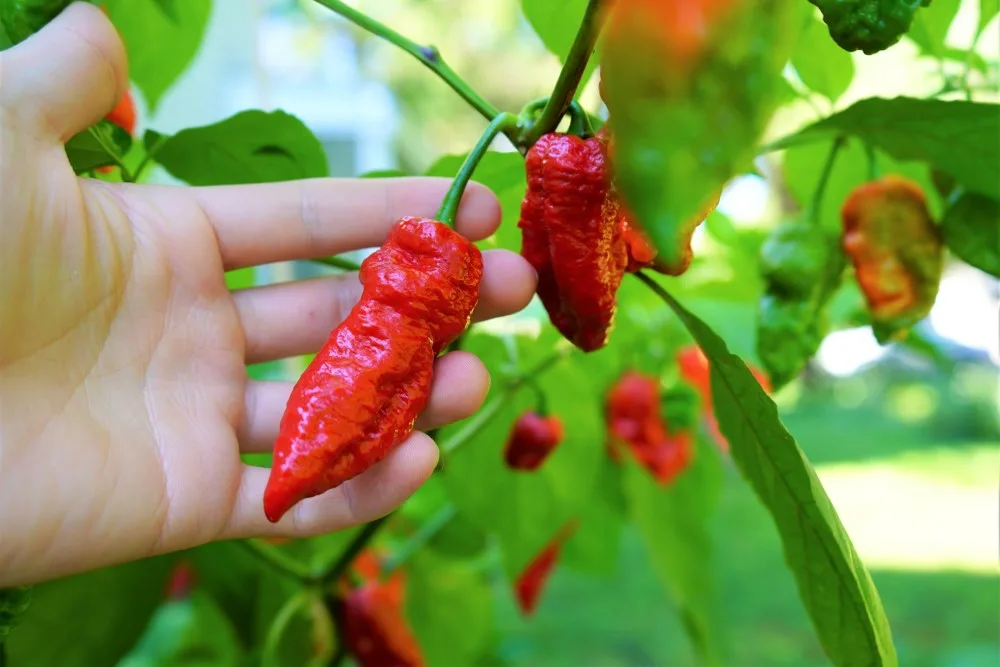
The origin of its name, bhut jolokia, is somewhat uncertain. The Northeast Assam region borders with Bhutan, so it is likely that the Bhutanese were the first to grow and name this chile.
The name ghost pepper is likely a mistranslation, given that bhut means ghost in Assamese, while bhüt is a common prefix simply meaning Bhutanese. So, it is possible that the original name would translate to Bhutanese chile pepper. Either way, the name stuck in North America, and it has a nice ring to it!
Learn to grow your own ghost peppers here.
Where Do Cayenne Peppers Come From?
Cayenne peppers likely originated in French Guiana, located in Northeastern South America. The nation’s capital is Cayenne, and a river of the same name flows into the Atlantic ocean nearby.
The cayenne pepper family has a stunning variety of shapes, sizes, colors, and heat levels. In general, cayennes are long and skinny, with a medium to hot spice level.
Cayenne powder is a popular spice that is easy to make at home. This fine powder is used to add heat and flavor to dishes.
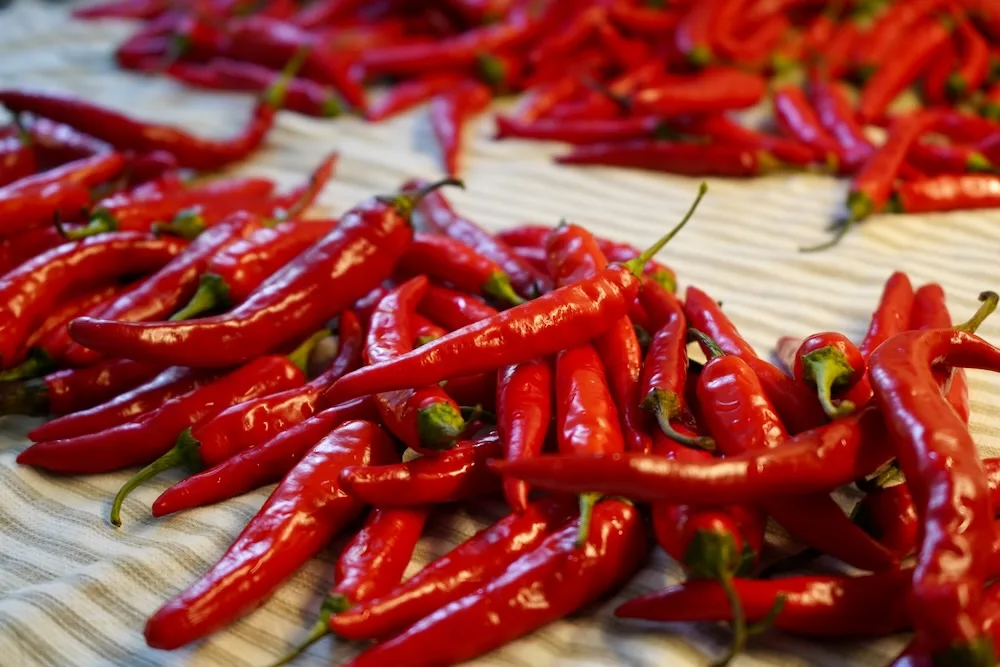
Where Does Paprika Come From?
Paprika is a Hungarian word for pepper, so technically paprika comes from Hungary. Peppers were first brought to Hungary in the mid-1500s and were quickly adopted and grown locally. Paprika also spawned a whole new category of dishes such as goulash and paprikash.
Depending on where you are from, paprika may hold different meanings. In North America, paprika is simply the sweet (non-spicy) red pepper. Paprika differs from chili powder in that it is pure peppers, without any added spices. Its most common form is as a dried powder and it comes in spicy, sweet, and smoked variations.
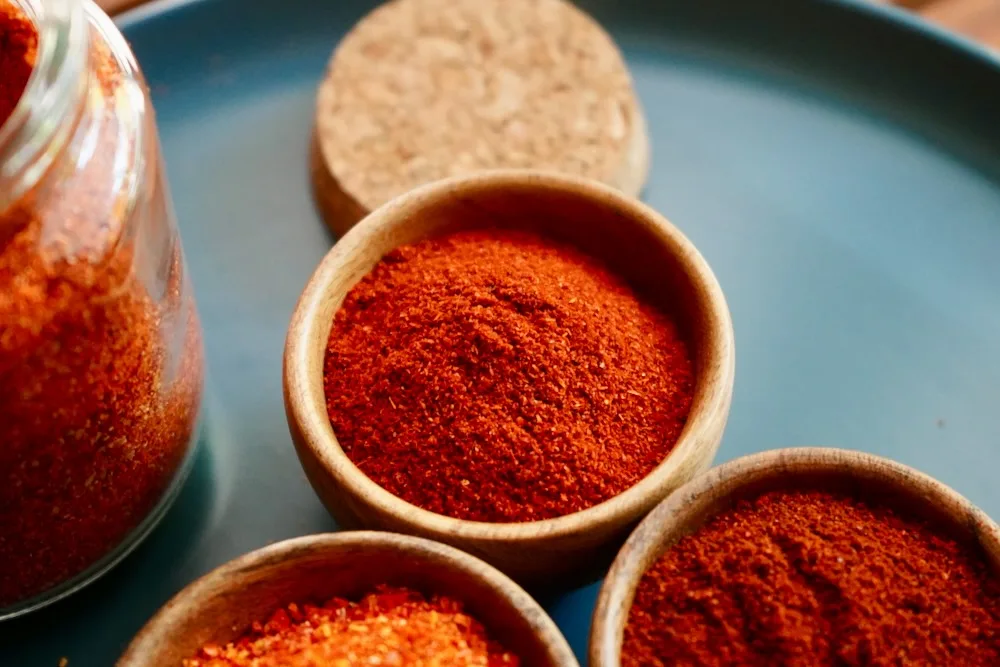
In Europe, paprika has a more complex meaning. Hungarian paprikas are categorized into one of 8 distinct grades. This system measures color, flavor, and heat level.
Curious? Try Hungarian paprika here.
Where Do Tabasco Peppers Come From?
Tabasco peppers come from a rare, but cultivated species of Capsicum, C. frutescens. Tabasco peppers are the most popular pepper of the species thanks to their use in Tabasco Brand hot sauce.
Tabasco peppers were being cultivated in Mexico by the 1800s, though the origin is likely Panama. Production of the peppers was transferred to Louisiana in 1848 where they were eventually grown to make Tabasco sauce.
Today, you will still find Tabascos growing on Avery Island, but they are mostly for plant and seed development. Most of the fruits that end up in your hot sauce are grown in Central America.
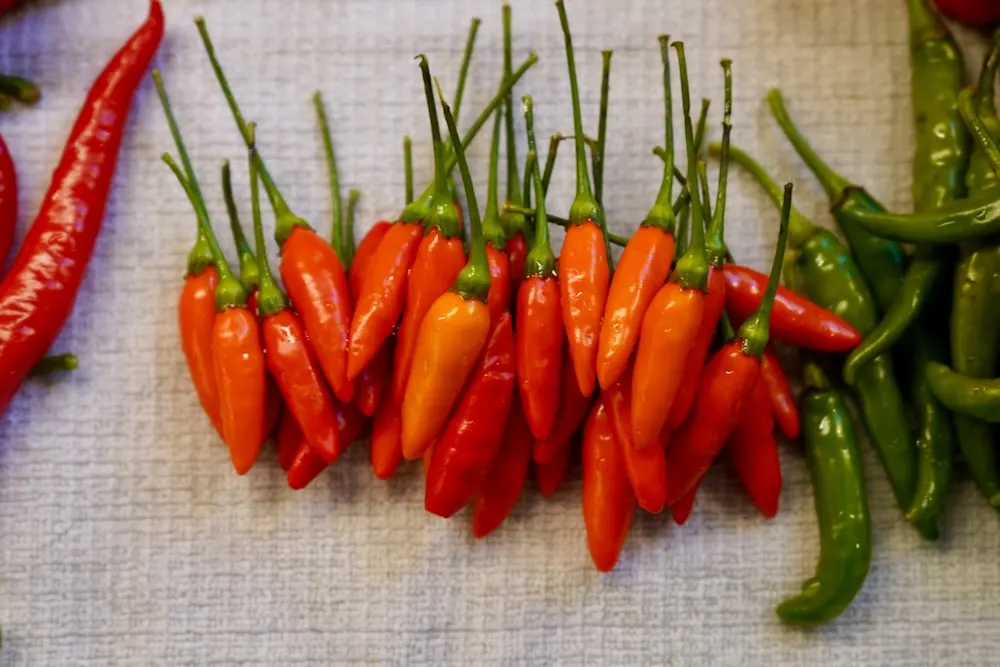
This article is an ongoing project, so if there are other peppers whose origins are a mystery, share them in the comments below!


Dirk
Tuesday 12th of December 2023
While it would take a thesis to summarize all the different pepper/chile varieties, I think it worthy of including green chiles (as the preeminent varieties, either Pueblo (I'm from Colorado ;) or Hatch (can't deny their one of my favorites...), & ajís amarillos, ubiquitous in Peruvian restaurants around the country (& they are a well-established breed, nothing against the ever-increasing number of hybrids that we all love). Thanks so much for this history- great read & loved learning more about something I'm already way too obsessed with! You guys do a great job- keep it up!
peppergeek
Wednesday 13th of December 2023
Oh of course! Hatch chiles are amazing, and aji amarillo is another marvel. Thanks for reading and sharing!
Jack Bush
Monday 4th of December 2023
I love Cascabel chiles, and raise them every year along with many others. They are delicious in many dishes and make great salsas. Where do they come from?
Joe Delgado
Monday 4th of December 2023
Excellent article very informative
Michael M Beise
Sunday 3rd of December 2023
I'm overwintering some pepper plants I followed your instructions but they are turning brown.
Phil
Saturday 11th of November 2023
Calvin: Nice article but I️ am left wondering how each of the specific peppers evolved into what we have today. I️ realize farmers bred them to become hot but how do you go from small red berries found in the Andes to serranos, cayennes, habaneros, etc. Any insights?
peppergeek
Sunday 12th of November 2023
It has happened over such a long period that selective breeding of larger pods has eventually gotten to where it is now. We're talking thousands of years of cultivation. Even primitive farmers would have chosen the best quality/size fruits to carry forward. It just so happens that the capsicum annuum species has an incredibly diverse set of genetic traits that allow for them to grow enormous fruits on healthy, strong plants. Pretty fascinating thing that most everyday grocery-store-goers take for granted!